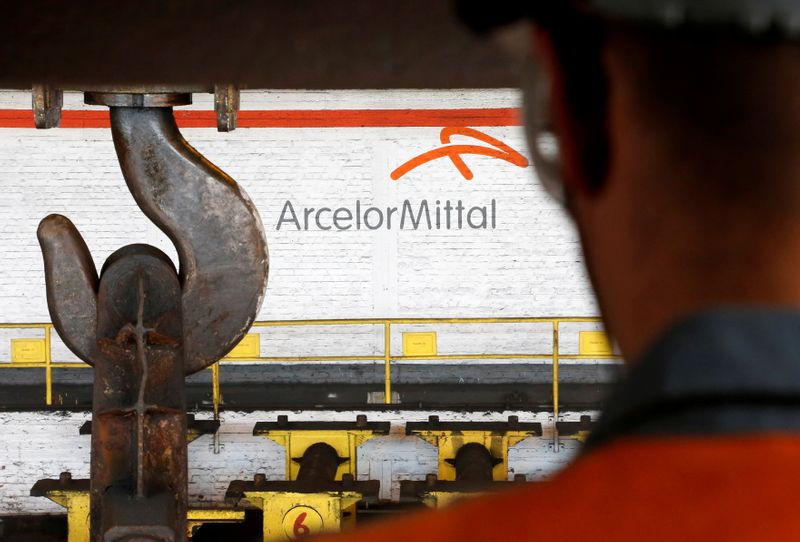Investing.com -- Shares of ArcelorMittal (NYSE:MT)(AS:MT) rose following its results with the company beating analysts' expectations for adjusted EBITDA due to solid performance in Europe and Brazil.
At 5:56 am (1056 GMT), ArcelorMittal was trading 6.3% higher at €24.58.
Adjusted EBITDA came in at $1.58 billion, a 6% increase over consensus expectations of $1.49 billion.
The results reflect resilient pricing in Europe and cost-driven improvements in Brazil, offsetting softer demand that had raised concerns in Europe and the United States.
“We are moving into a seasonally softer period there though some of the improvement is related to investments (e.g. Vega CMC) which should be structural improvements,” said analysts at Barclays (LON:BARC) in a note.
Despite some volume challenges in Europe, the region’s pricing held steady, dipping by only $14 per ton quarter-over-quarter.
Brazil also outperformed consensus estimates, with gains largely attributed to price and cost improvements.
“With a seasonal pick-up in volumes and fading one-off costs in Mexico, we see the current consensus 4Q24 EBITDA of ~US$1.5bn as 'achievable’” said analysts at Morgan Stanley (NYSE:MS) in a note.
Together, these two regions delivered the biggest positive surprises relative to analyst expectations.
However, ArcelorMittal faced notable impairment and restructuring costs tied to European operations, including the closure of a coke oven battery in Krakow, Poland.
After excluding these costs, the company’s reported EBITDA came in slightly lower, at $1.51 billion.
Free cash flow also swung to positive territory at $275 million, well above the market's negative expectations, helped by a $132 million release of net working capital.
Net debt, however, edged up to $6.2 billion from $5.2 billion in Q2, partly due to ongoing capital expenditures.
ArcelorMittal’s guidance for 2025 remains limited, with management refraining from making firm predictions on demand recovery.
However, they continue to view current market conditions as unsustainable, particularly in Europe where steel prices have been weak.
While management expects some uptick in demand in the second half of 2024, this is mainly attributed to an end in destocking rather than signs of broader economic recovery.
Analysts and investors are now looking toward the year-end for more clarity on the company’s cash position, with management reiterating their guidance of a net working capital release of at least $1.5 billion by Q4.
Full-year capital expenditure expectations remain between $4.5 and $5 billion, consistent with previous guidance.
